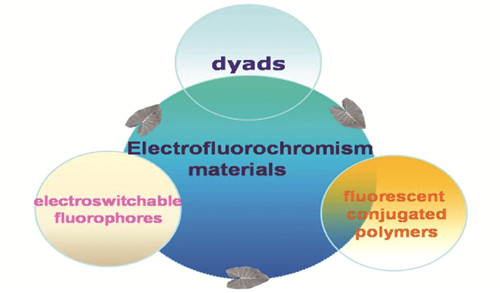 PDF(7693 KB)
PDF(7693 KB)


 PDF(7693 KB)
PDF(7693 KB)
 PDF(7693 KB)
PDF(7693 KB)
电致荧光变色材料的主要分类及变色机理
 ({{custom_author.role_cn}}), {{javascript:window.custom_author_cn_index++;}}
({{custom_author.role_cn}}), {{javascript:window.custom_author_cn_index++;}}The Classification of Electrofluorochromism Materials and Color Change Mechanisms
 ({{custom_author.role_en}}), {{javascript:window.custom_author_en_index++;}}
({{custom_author.role_en}}), {{javascript:window.custom_author_en_index++;}}
| {{custom_ref.label}} |
{{custom_citation.content}}
{{custom_citation.annotation}}
|
/
| 〈 |
|
〉 |